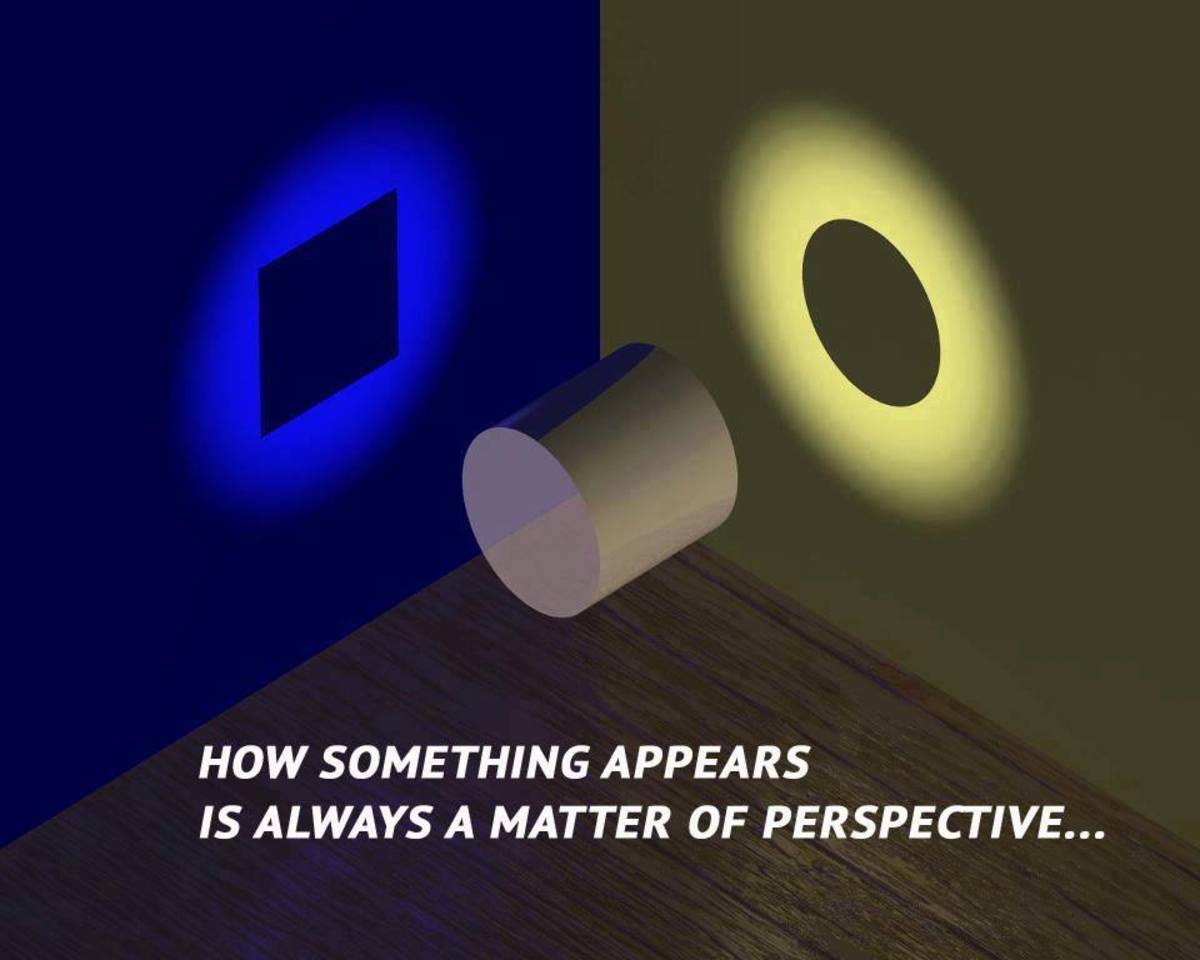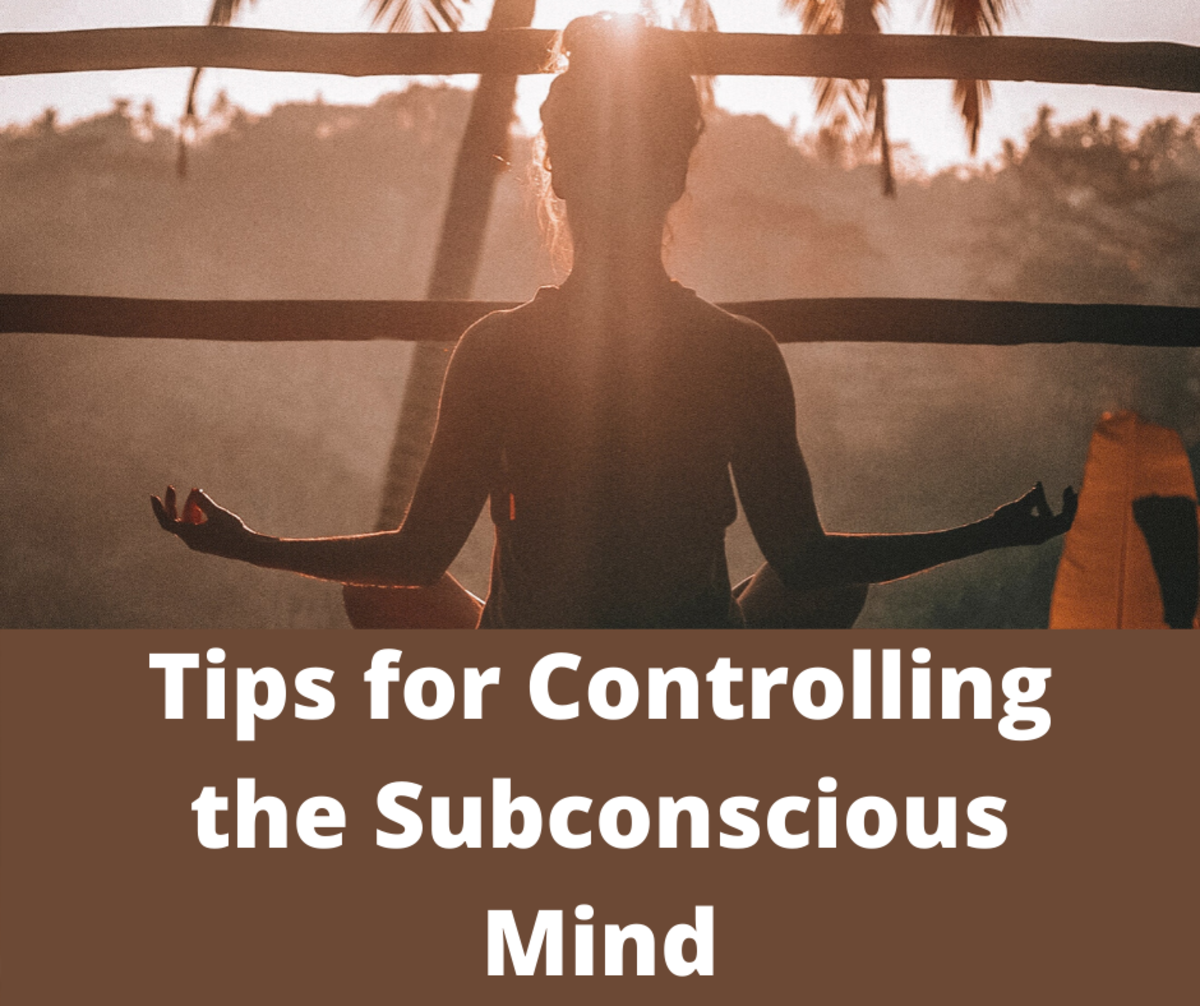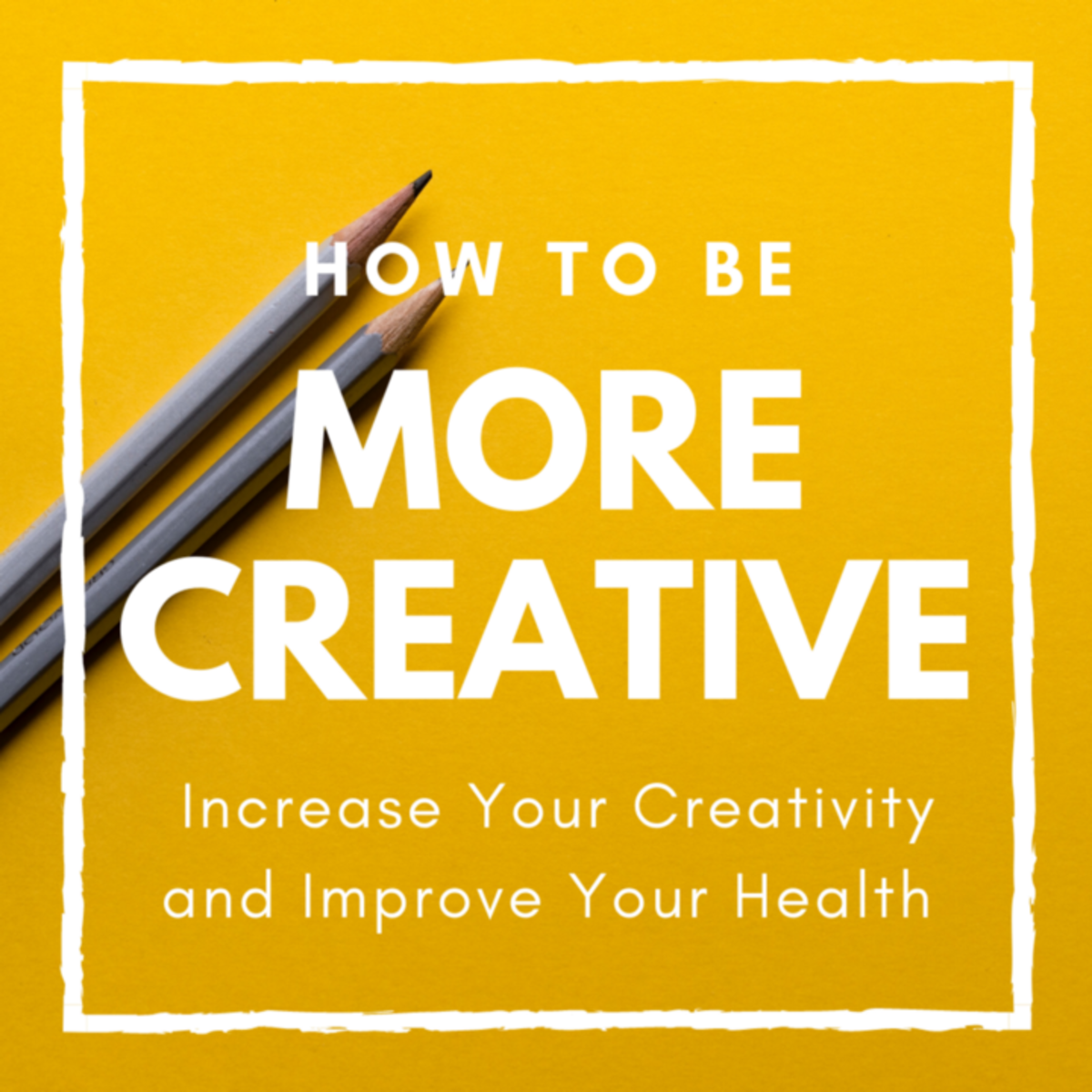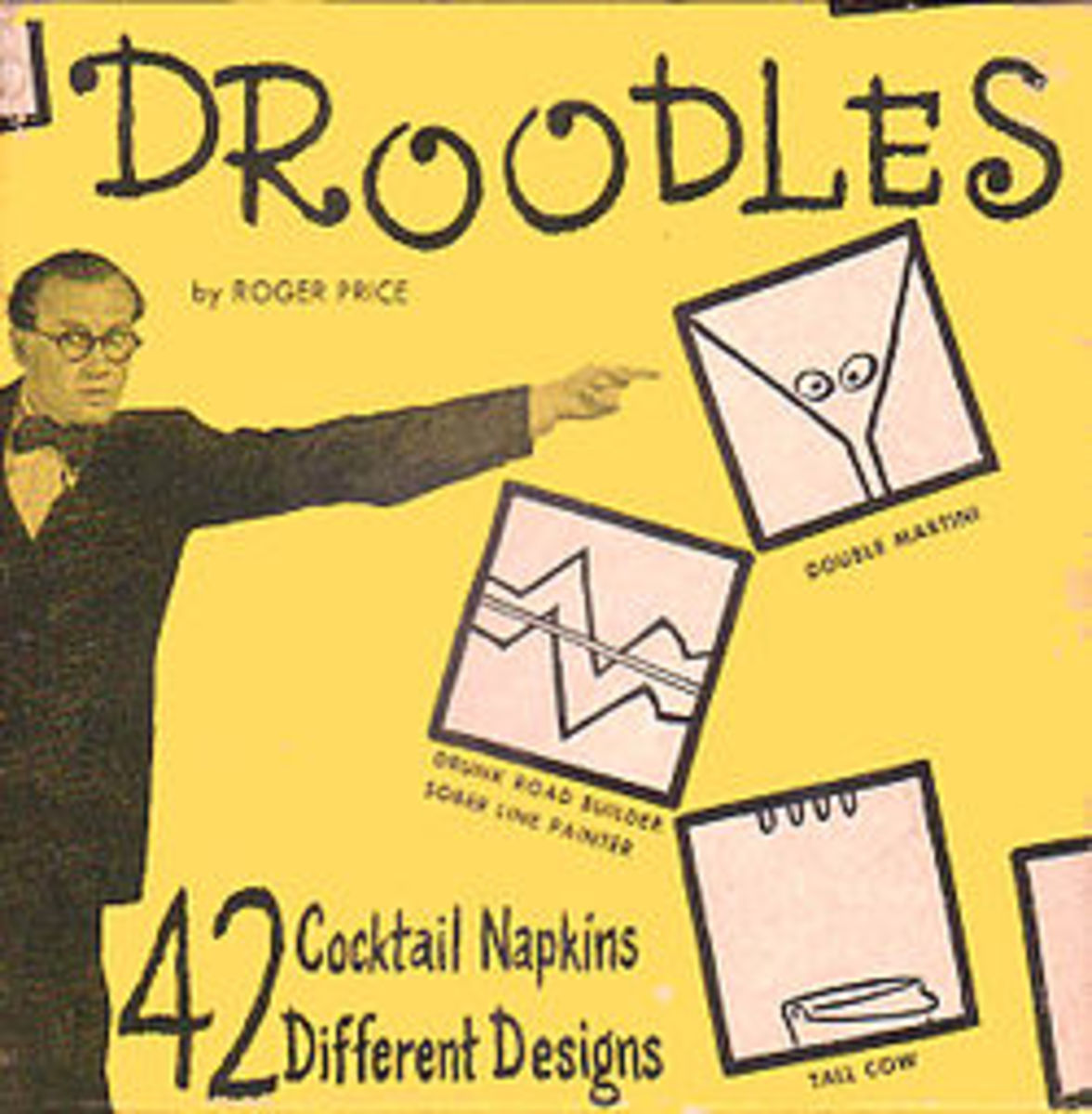Conscious mind vs. sub-conscious mind

Some people think that the mind is brain or a part of brain but this is wrong. The brain is a physical part of the body, which can be seen with the eyes. On the contrary, the mind is not a physical object and, therefore, cannot be seen with the eyes. Since the mind is formless and non-physical, it cannot be obstructed by physical objects. It does not require a space to exist. The mind has the ability to think, will or wish. The mind can create, store and recognize patterns or mindsets when presented with data. Raw data is received into the mind and is then quickly digested into a recognized pattern. This digested data will form different patterns for different people. To be successful in life one has to understand this concept – that the same raw data looks different for different people.
The problem is that those patterns become rigidly established over time and are difficult to change once they are established. And we have the tendency to categorize information that has a resemblance to the previous pattern. In spite of knowing the truth of this fact, we get more rigid and stubborn over time. Our awareness of this fact will help open our mind to creative thinking and new ideas. Old habits are hard to break even with the best of intentions so one will have to consciously work to interrupt one’s mind-patterns. When solving problems, stop and ask yourself if you are jumping to a conclusion too quickly. Think about whether you are trying to make it fit a mindset or pattern that’s familiar to you. Consider whether it should fit the old pattern or suggest something new. Let us consider the conscious and sub-conscious mind in some detail.
Conscious mind – It gathers information from five senses. Our conscious mind is separate from the others. Our conscious mind is finite. The conscious mind consists of everything that is inside our awareness. It includes things such as the sensations, perceptions, memories, feeling and fantasies inside of our current awareness. For example, we are aware of our environment, our breathing, or the chair that we are sitting on. Majority of us don’t use our conscious mind to its full potential.
Sub-conscious mind - Subconscious mind is the part of the mind, which stores life experiences, beliefs, memories, skills, all the situations faced and images seen by us through our conscious mind. For example, a person who wants to learn driving initially focuses his attention solely on driving; he will not hold a conversation with anyone and look here and there while learning driving. This is because he is fully using his conscious mind on driving. A few weeks later, when he has learned driving, it becomes his habit. He then drives automatically without thinking. He can even talk with his friends while driving. This is because the driving habit has been transferred to his subconscious mind. The subconscious mind is also responsible for automatically triggered feelings and emotions, which we suddenly experience upon facing a new situation.
Conscious mind
| Sub-conscious mind
|
|---|---|
It gathers information from five senses.
| It stores information gathered by five senses.
|
It consists of everything that is within our awareness.
| It receives images, perceptions, memories, beliefs and experiences from the conscious mind to store, which can be retrieved whenever required.
|
It is responsible for logic and reasoning.
| It cannot reason out.
|
It controls all actions done with intent.
| It cannot control actions.
|
It gives commands to the sub-conscious mind.
| It obeys commands given by the conscious mind.
|
It acts as a gatekeeper for the sub-conscious mind because it allows only that which it wants to allow.
| It welcomes that which has been allowed by the conscious mind.
|
To change a limliting belief one has to convince the conscious mind logically to accept it so that it can pass onto sub-conscious mind.
| One has to repeatedly do affirmations at the conscious level to change the old beliefs in the sub-conscious mind.
|
A table showing main characteristics of conscious and sub-conscious mind
Relation between conscious and sub-conscious mind –
In comparison, the conscious mind occupies a much smaller space than the sub-conscious mind because it is a big storehouse of all the information one receives in one’s life, which is stacked up neatly in various categories. The conscious mind is actively producing thoughts all the time at a rate of approximately 60,000 thoughts per day on an average. Apart from producing such a large number of thoughts, it functions as a judge whenever it comes across a person, situation, thing or an event, for which it retrieves information from the sub-conscious mind to judge against. Since all the information is received according to one’s perception and vision before being stored, this information cannot be unbiased and fair. Therefore, judgments made by an individual will mostly vary from others due to differences in their perceptions.
So, the conscious mind is actively creating thoughts, many of which are negative and passing judgments, many of which are biased and unfair. It, therefore, appears that by replacing the negative thoughts with positive ones and passing judgments conscientiously or not passing judgments at all, an individual can expand one’s consciousness.
How to expand the conscious awareness –
Our conscious mind is finite and limited. Its limitations vary from individual to individual but an individual has powers to extend its limitations. An individual with a limited conscious mind has a limited perspective of events and situations that take place in his or her life. A person having a limited perspective of the situations, when he is face to face with some unpleasant situations in life, is unable to evaluate them correctly and, therefore, he suffers more due to the unpleasant situations because of his limited vision. An individual can expand his conscious awareness as mentioned below –
Open up – In order to increase our conscious awareness we have to open up to others and their views, beliefs and experiences of life. Everyone has a large number of experiences, which others can learn from without facing the situations that have given those experiences. In the same manner, others can also benefit from experiences and views that your have derived in life. Therefore, such an exchange can prove to be quite enriching and enlightening.
Read books – They can enrich our life with what the author has written in them as they contain the first hand experiences of the author. They can help us widen our perspective of things in general that can prove to be very useful to us.
Don’t judge – Being judgmental means that we are measuring people, situations and circumstances with our own yardsticks; it means that we are not accepting them as they are. This limits our vision and perspective of particular people, situations or circumstances that we judge.
Extend love and compassion to all – Love and compassion are our original and natural characteristics which we have forgotten to practice in life. Love and compassion constitute our spiritual core. To love somebody means that we unconditionally accept that person and are not at all judgmental of the person.
Letting go – One should let go of all negative emotions harbored in the mind since they limit one’s vision. Let us let go ill feelings, old animosities, or hostilities towards all. Let us forgive all those who have wronged us in the past. The process of letting go will relieve us of anxiety and stress and it will restore our happiness. Over time this will help us to review the circumstances under which we were wronged by others and may thus be able to change our perspective about them.
Live in the present – Being in the present, when dealing with a thing, person or situation, extends our conscious vision because we are fully aware of them at that time. Our perspective of them will be different, better and wider when we will view them without consulting an old mind-pattern.
Practice gratitude – Being grateful for everything we have in life including unpleasantness means that we are in the present without being influenced by our past and future. Such an attitude widens our field of consciousness which will influence all our actions with positivity.
Meditation – The practice of regular meditation will enhance our true basic characteristics that are wisdom, happiness, love, compassion, tolerance and power to adjust, all of which get submerged with time and we become unhappy, unkind, loathsome, guilty and less tolerant of others. Regular meditation changes our old mind-patterns of negativity; it fills us with positivity.
Prayers – By invoking the help of some Higher Power or God, we can positively influence our limiting mind patterns and, consequently, enlarge our conscious vision.
Summary –
The conscious mind gathers information from outside world through five senses. The information so gathered is then transferred to the sub-conscious mind where it is stored and is retrieved whenever required. The information is stored in different categories in the sub-conscious mind as mind-patterns. Whenever some new data or information is fed, it is categorized according to the mind-patterns that are used as a yardstick to measure new data and information. If it measures well on the yardstick of our mind-patterns, then we react to it positively otherwise we react negatively.








